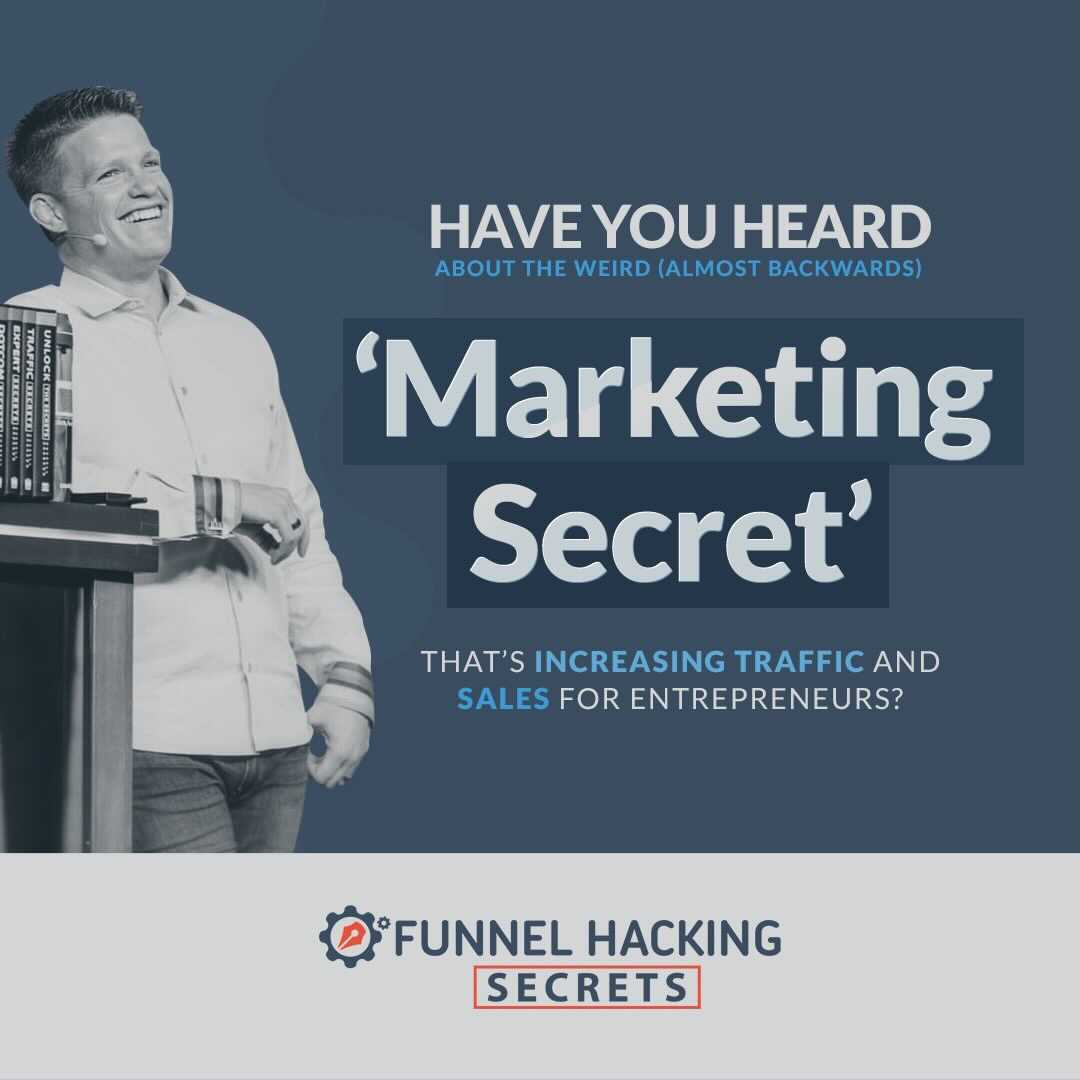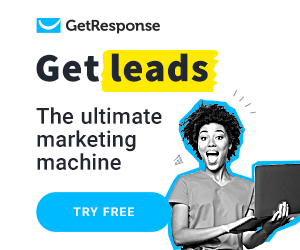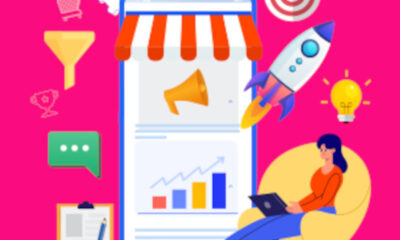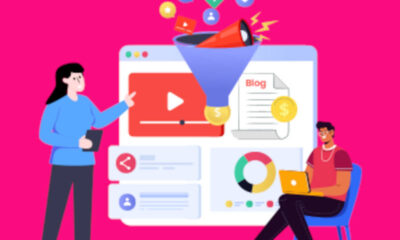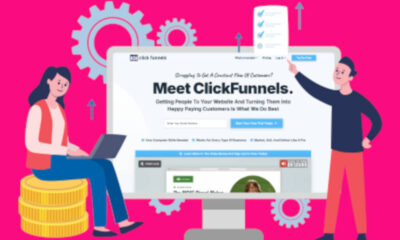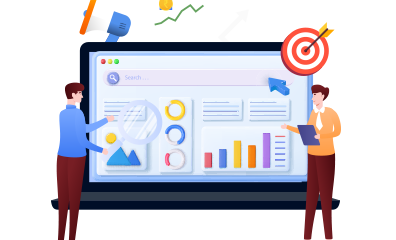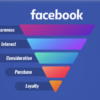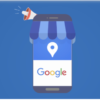Guides
How to Boost Your Shopify Store’s Sales (9 Proven Methods)
Shopify is one of the biggest eCommerce platforms in the world. It’s used by more than 1.7 million businesses around the world.
One of the reasons the Shopify platform is so successful is because it has a great user interface, it is affordable, and the merchant support is top notch. There are also thousands of developers who have created apps to make Shopify even better.
Shopify is a great platform for building a successful online business. However, it is not a ‘magic fix’ that will automatically make your business successful. You need to put in the hard work yourself to make it happen..
You need a good marketing plan and tools to help you reach your goals. You don’t want to be like most online store owners and not make any money.
To help you start and run a successful eCommerce business, we gathered 9 easy-to-follow marketing strategies that will help you promote your Shopify store effectively.
Let’s jump right in.
1. Engage your audience on social media
Social media platforms have a lot of users. A lot of people use them to look at things. You can use them to show people your store on Shopify.
You can use social media to promote your brand for free. You can also use their built-in paid advertising options.
Many brands use both organic social media and social media ads. Organic social media takes time and energy to develop, but it can be successful. Ads can also provide a good return on investment.
Let’s go over the paid methods first. There are various ad formats on different social media platforms that you can use to promote your business. For example, you can promote your Shopify store on Instagram stories, in the newsfeed, and on the explore tab. You can also run Shopify ads on the Instagram “Shop” tab, where you’ll target audiences with higher buyer intent.
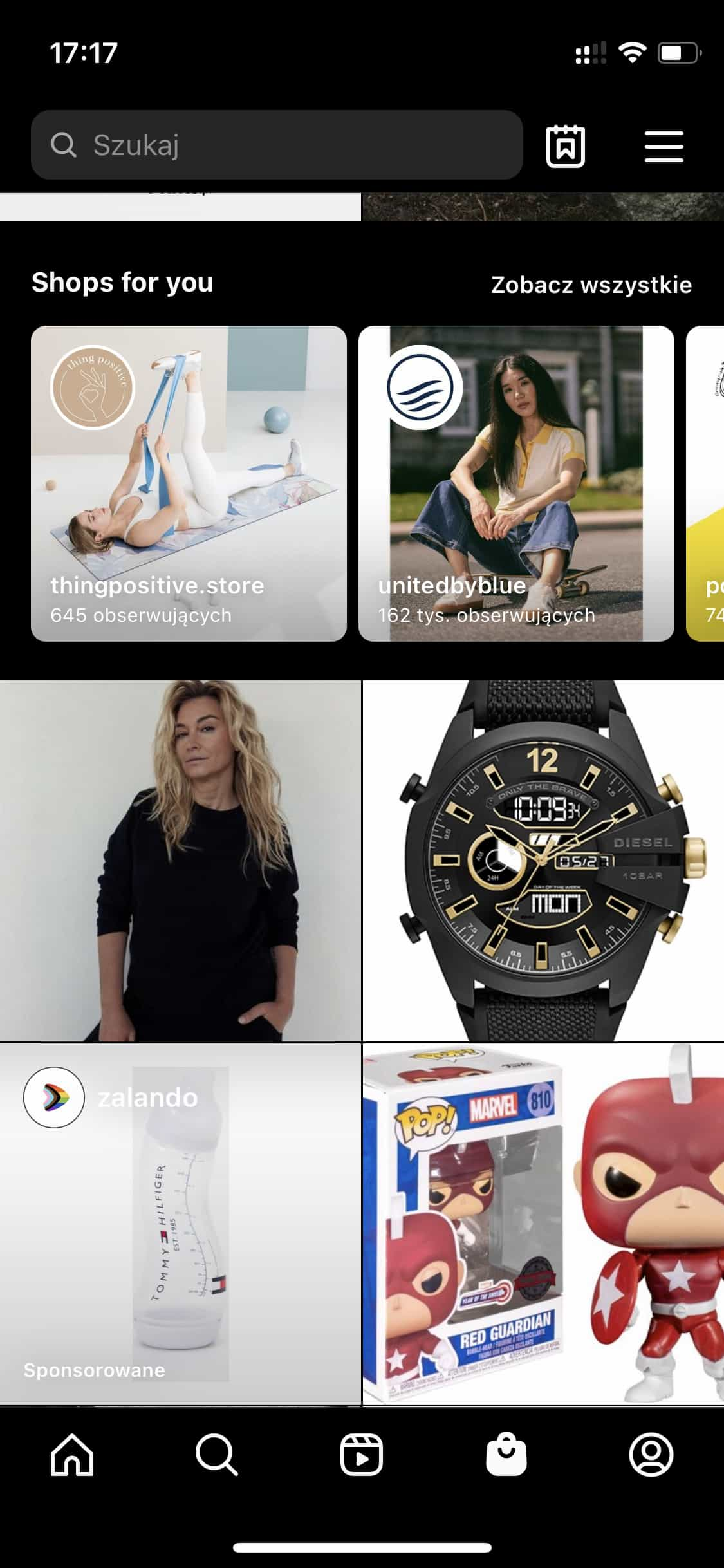
You can use social media platforms to target potential buyers. This is a good way to get your home in front of the right people. You can use different targeting options to make sure that your ads reach the right people. You can use Facebook’s detailed targeting options to ensure that your ads show up to people who have specific interests and behaviors, like dog owners who live in a certain neighborhood.
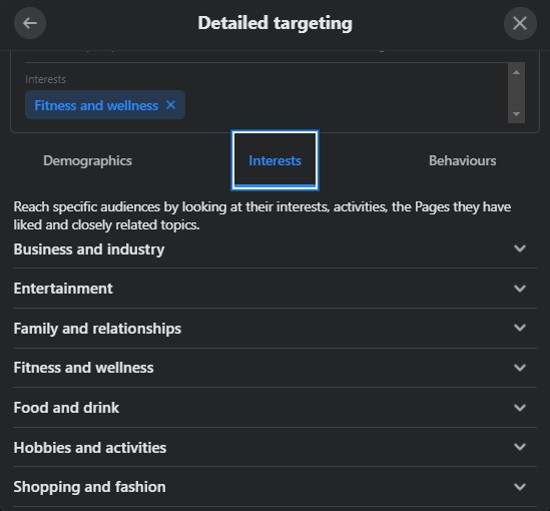
You need to make sure that your social media ads are interesting and engaging if you want them to be successful.
Here are some tips that’ll help you achieve that:
- Use quality, engaging visuals
- Try out the different social media ad formats
- Ensure your video ads are short and engaging. Capture the viewer’s attention within the first 4 seconds.
- Create mobile-optimized ads
- A/B test your ads
- Monitor your metrics and adjust your campaign accordingly
Organic social media campaigns can help you get results. They can also help you build an audience that will follow you and buy from you. It is important to do these campaigns even if you are not investing in paid social media campaigns.
For example, you could host social media contests or challenges involving your followers. This is very popular, especially on platforms like TikTok. For example, Crocs did one of these challenges with the hashtag #ThousandDollarCrocs back in 2019. They gave away a thousand dollars to someone who posted a video of them wearing CrocsThe campaign was a major success, helping the company build brand awareness and a vast TikTok following.
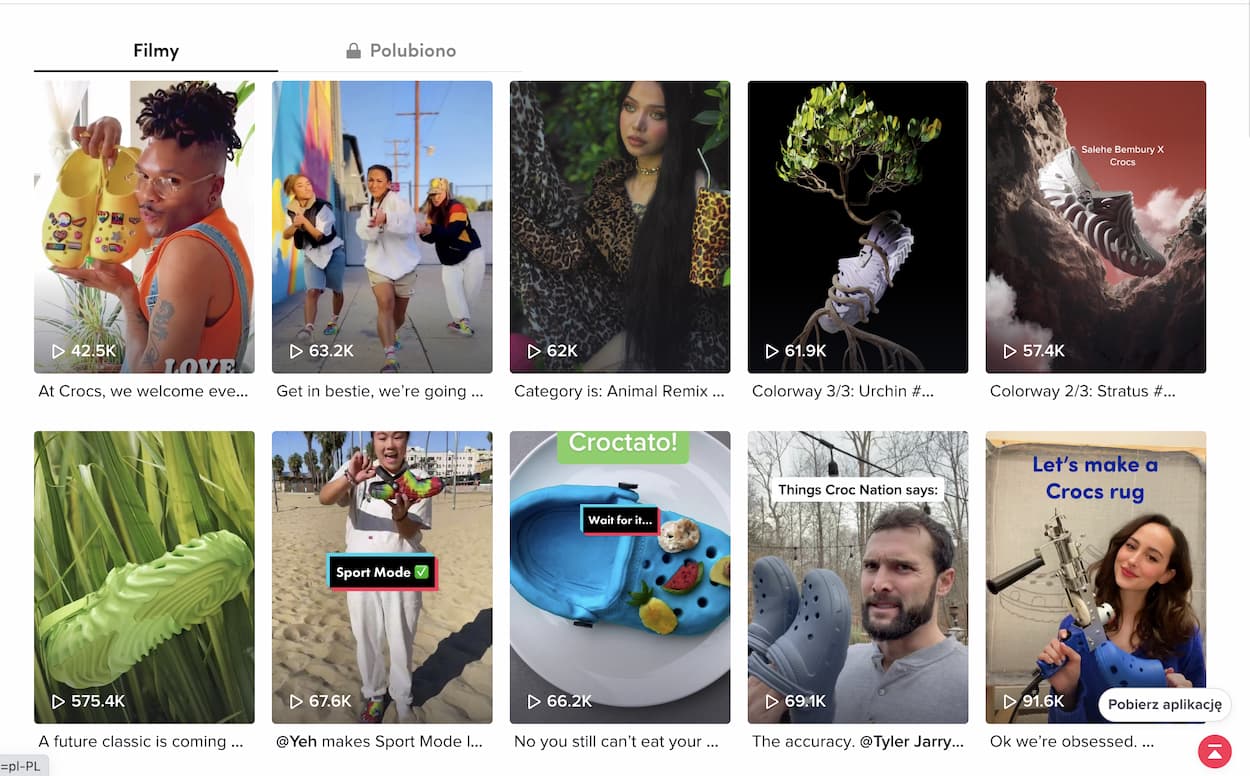
You can also hold a contest on Instagram. This will help build brand awareness and increase engagement rates.
You can promote your store on other social media channels, including Messenger and WhatsApp. This will help you reach more people who might be interested in what you have to sell. You can use an app like Delightchat to help you sell more products directly to your audience where they are most engaged. This app will also help you manage all your customer support inquiries in one place.
2. Run email marketing campaigns
Email is the most popular online marketing medium. It is also one of the highest converting ones. Email is the second-best acquisition channel for eCommerce store owners according to 2021 data from Growcode.
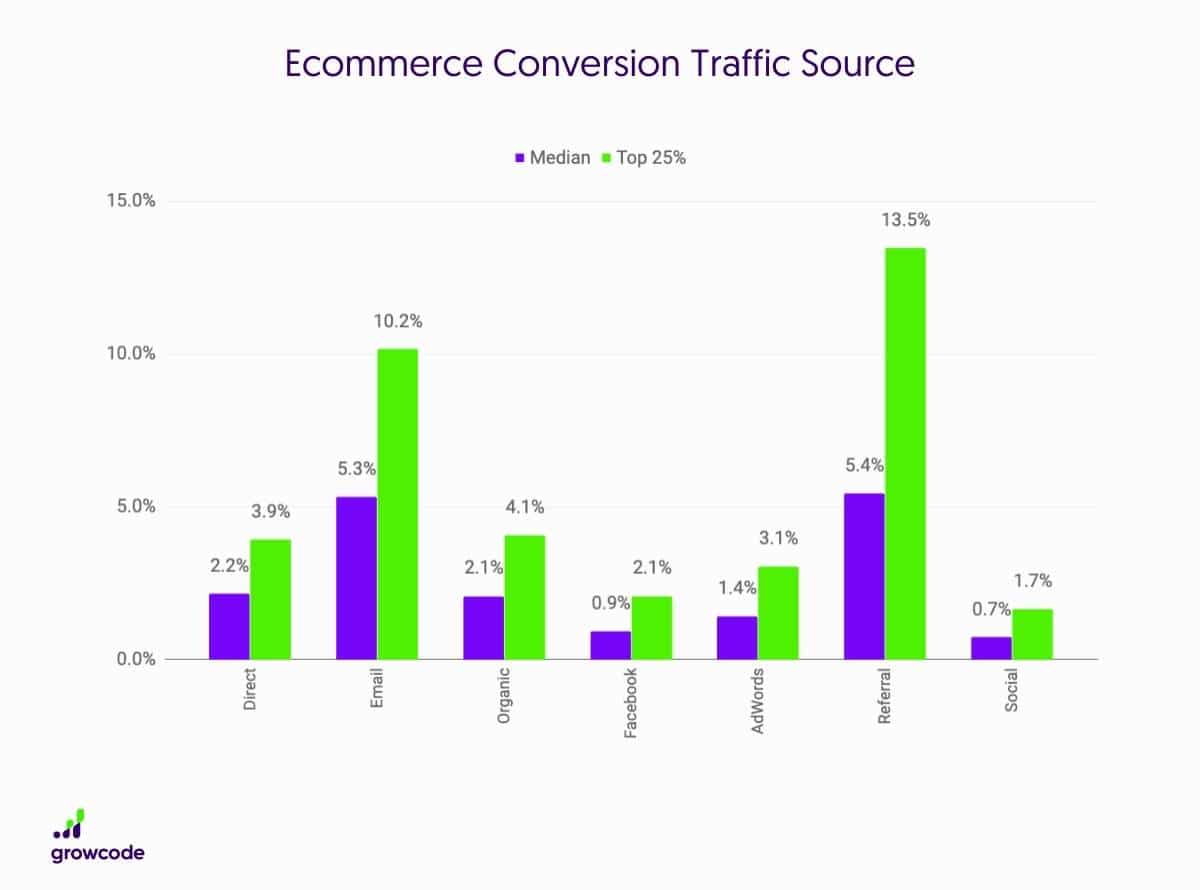
You can start by sending emails to people who might be interested in your product. You can use software to help you do this, or Shopify has software that will help you get started. However, it is likely that you will get better results with a more specialized email marketing platform.
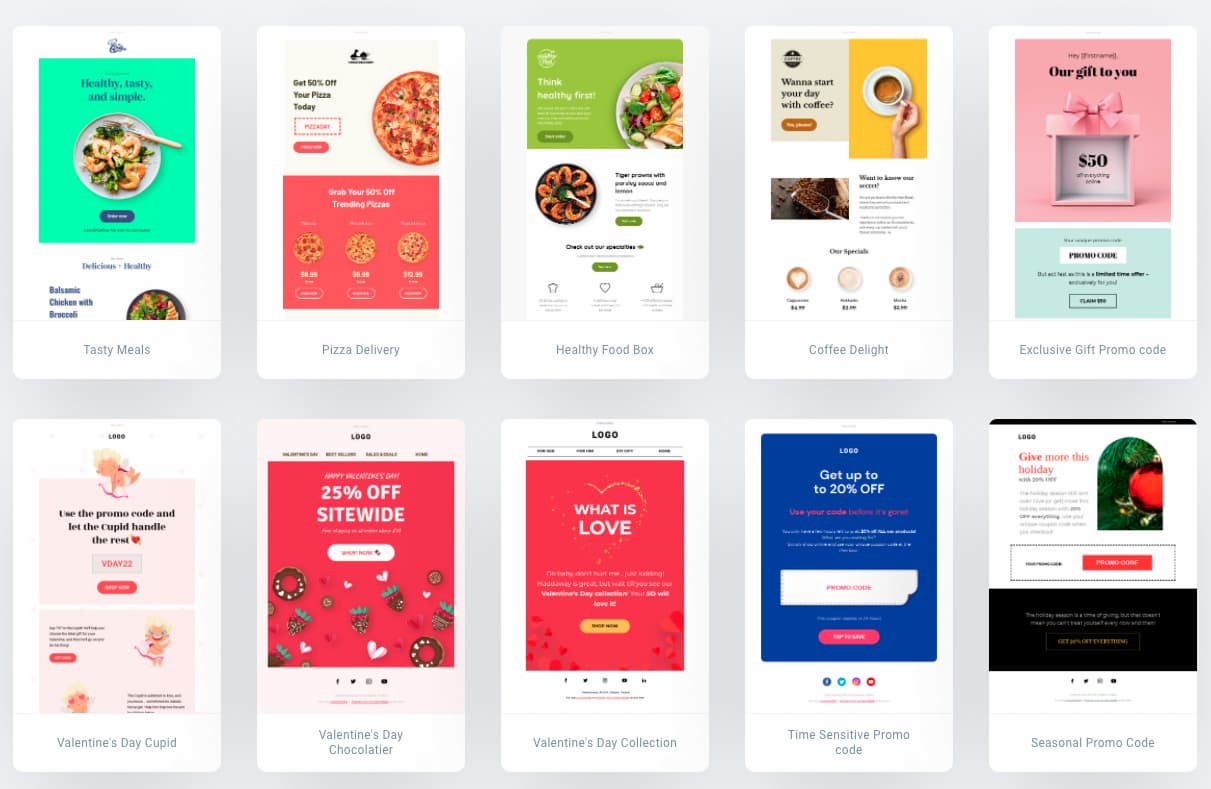
For example, GetResponse’s Email Automation for Shopify lets you set up automated email campaigns for your eCommerce customers. It lets you collect email signups via targeted popups and forms.
The software also lets you import customer data. This can include past orders, which can help you run personalized email marketing campaigns and target different audiences. Plus, the software also helps you recover lost customers with well-designed cart abandonment emails.
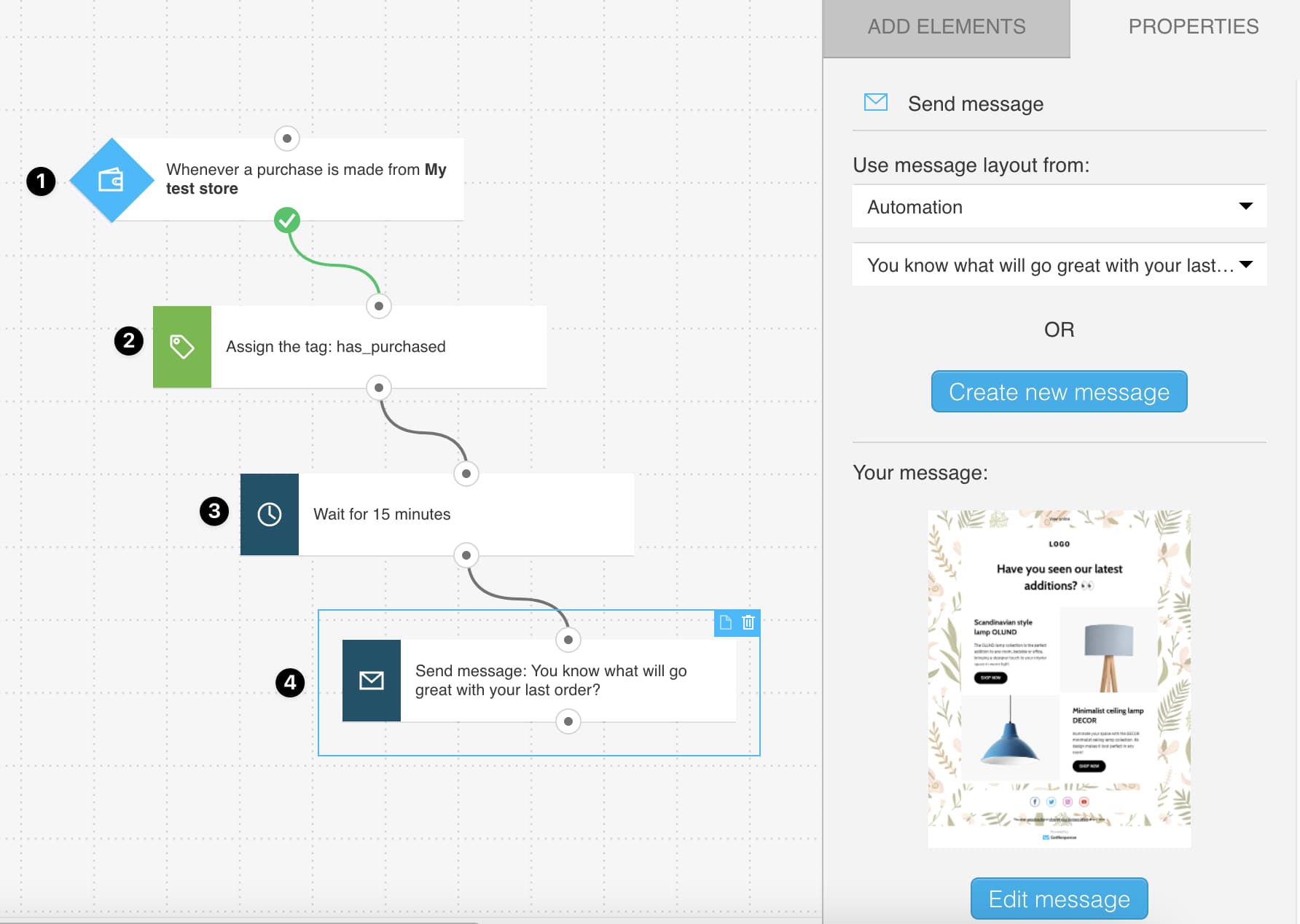
There are many different marketing apps that you can use to run your eCommerce email campaigns. We reviewed the top ones in this article – Top Email Marketing Software for Shopify.
There are many different marketing apps that you can use to run your eCommerce email campaigns. We reviewed the top ones in this article – Top Email Marketing Software for Shopify.
Once you have the right tool, it is important to build an audience that is interested in what you have to offer. You can do this by using popups or giveaways. You can also create effective email marketing campaigns. The good news is that list building and email campaigns for Shopify stores are not all that different from regular eCommerce email.You can follow the same best practices we talked about in our comprehensive guide to eCommerce email marketing.
In this guide, you will find all of the tips, strategies, and eCommerce campaign examples that you will need to get started promoting your Shopify business with emails.
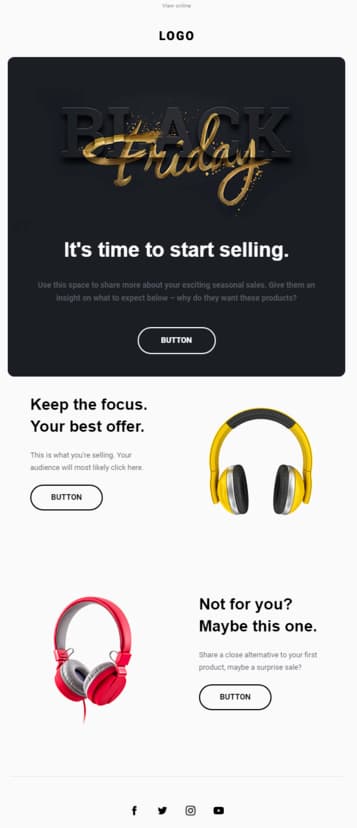
3. Partner up with influencers
Nearly three-quarters of business owners dedicate a budget to influencer marketing because it is an effective way to quickly increase brand awareness and sales on social media.
But does engaging with influencers always pay off? Not quite.
The first step is to find people who are influential and who your target audience knows and engages with. Make sure these people share your brand’s values.
There are many tools that can help you find the right influencers. HypeAuditor, Upfluence, and Buzzsumo are all popular tools. You can also look at TikTok’s own creator marketplace.
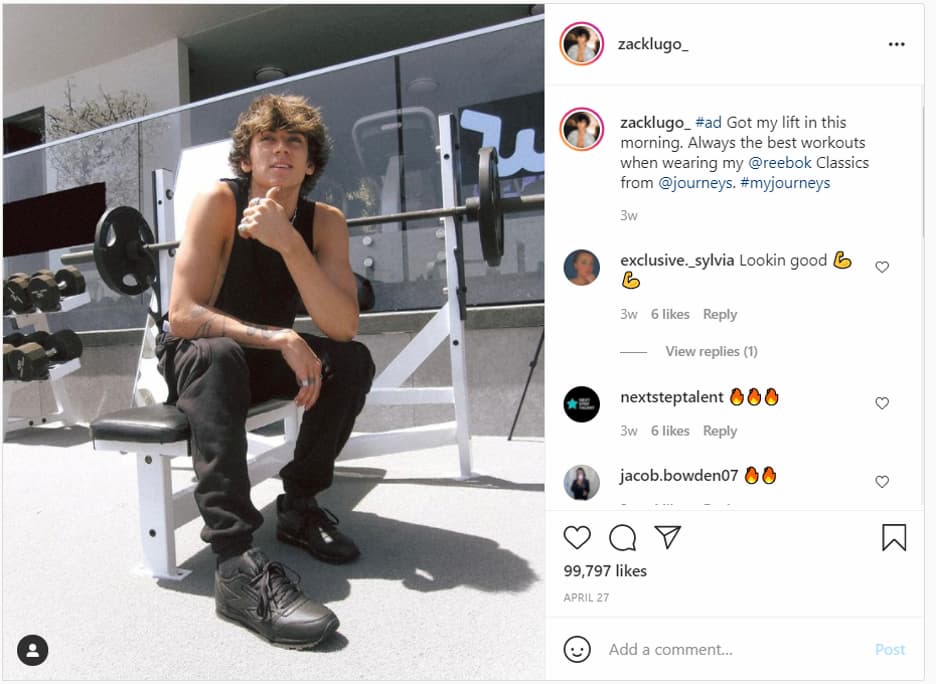
There are different types of influencers when it comes to marketing for eCommerce. You have nano and micro-influencers with less than 15,0000 followers and macro and mega influencers with over 500,000 followers.
There are pros and cons to each type of influencer. For example, smaller influencers are less expensive but they might not be able to reach as many people. Major influencers are more expensive, but they can help you reach a wider audience.But the interesting thing is that micro-influencers usually have higher engagement rates than bigger influencers.
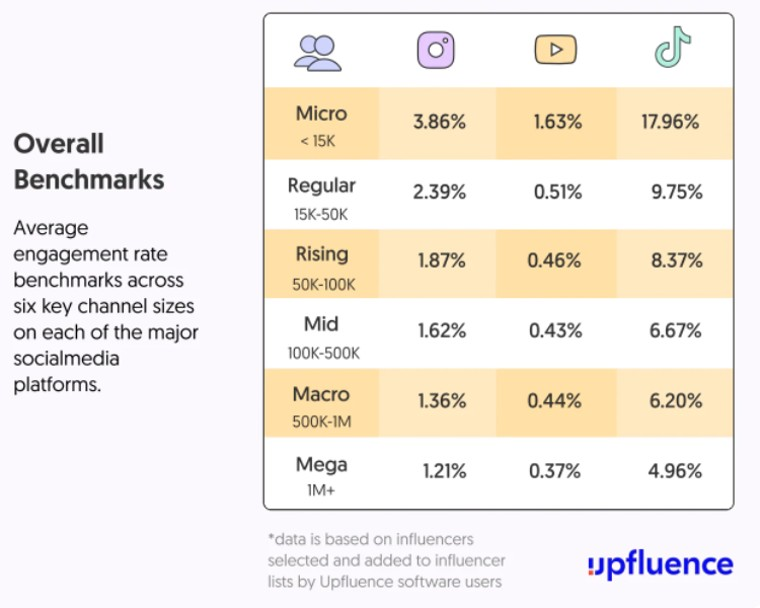
Ideally, you should use both micro and mega influencers in your campaign. But this will depend on your campaign goals and budget. For example, if you have a lot of money to spend, macro-influencers can help you build brand awareness. Meanwhile, micro-influencers are very effective when you want to spark a conversation about your brand.
Once you have identified the right people, reach out to them with a personalized message or email. Here is a template for inspiration that you can use from Ninjaoutreach.
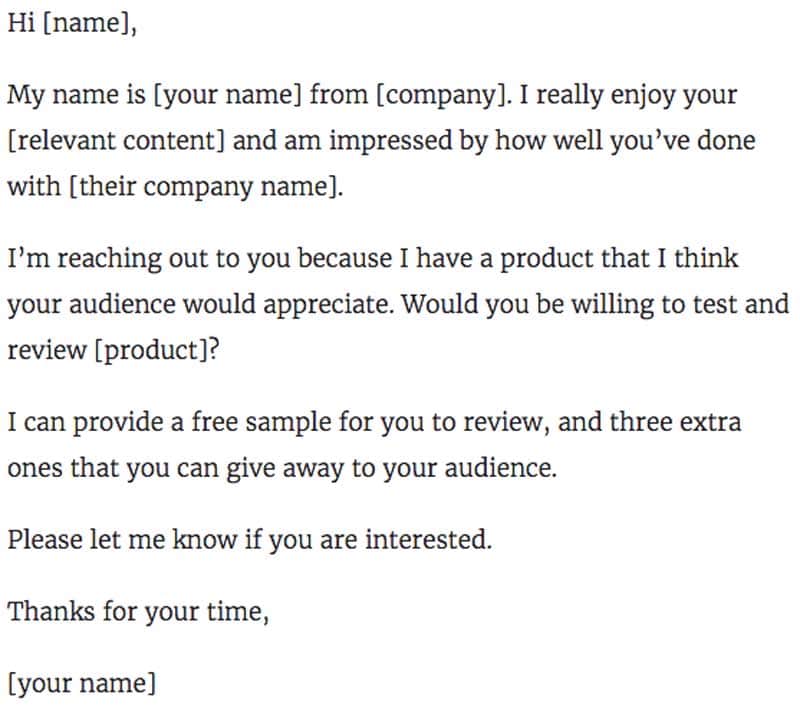
Once you have secured good influencers, work with them to create compelling content. Keep in mind that they are probably better at creating content than you are. However, they may not know your brand and audience as well as you do. So while you will want to give them a lot of creative freedom, it is best if you start off with a creative brief
When you are running an influencer marketing campaign, you must track the results. This means that you need to look at metrics other than just likes and impressions. Use UTM parameters to track the success of your campaign. These are short text codes that you attach to URLs. Let your influencers use these URLs in their posts. That way, you’ll be able to see how many people visit the store after seeing the post and how many of those people buy something.
If you want to focus on sales, you can give each influencer a unique promo code to use when referring people to your store. This way, you will know exactly which influencer brings you the most sales. Plus, if they get a commission from each sale, they’ll be more motivated to promote your brand effectively.
4. Invest in paid ads
Paid advertising is another incredible technique to generate more sales. Like social media ads, search engines and other publishers also provide various ad formats. For example, search ads can ensure that your online store appears at the top of the Google search results when people type in specific keywords that are related to what you sell.
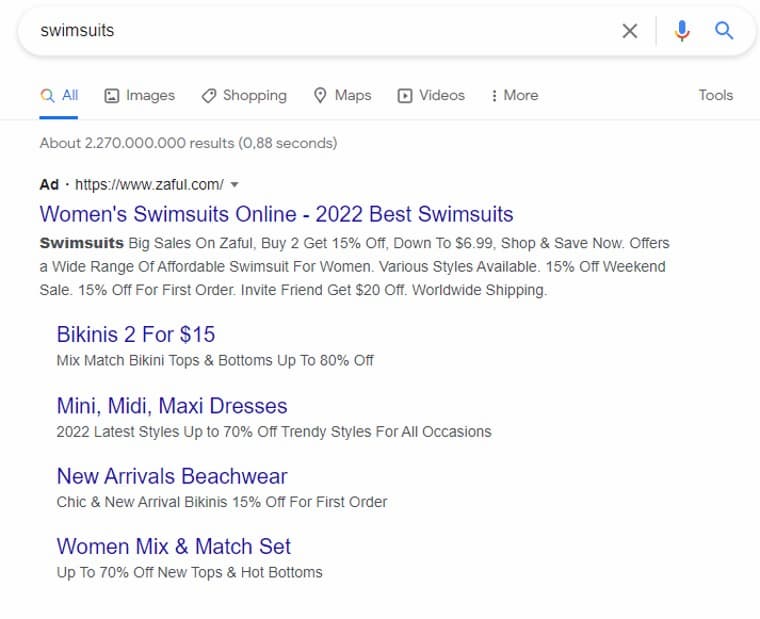
This is a good way to target keywords that buyers are more likely to be interested in. However, these campaigns can also be expensive. You may find yourself bidding against other companies for the same keywords, including Alibaba and Amazon.
Google shopping ads are a great way to target potential customers who are already looking for the products you sell. The ads appear at the top of the page, above the regular search results. This means that your Shopify store and products will get more attention.
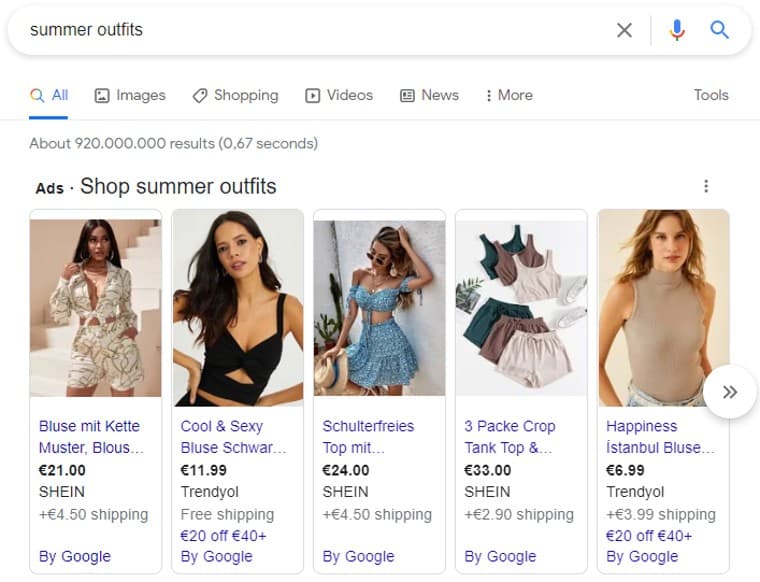
You could also use display ads. With this ad format, your store’s ads will show up on other websites your target audience visits.
Paid media can help you reach potential customers who have abandoned your online store without making a purchase. This is important because these people represent dozens of potential customers.
Just like with any other campaign, you’ll need a good strategy to make sure your eCommerce paid media campaigns are successful.
You need to use high-quality images to make your Google Shopping ads stand out. You also need to add negative keywords to stop your ads from being triggered by irrelevant search queries. Defining your target audience is critical too. That ensures that your ads only show up for people who might want to buy what you’re selling. Paid ads should also link back to optimized landing pages.
With the help of a powerful paid ads creator, you should be able to create optimized ads that will generate more clicks and conversions.

5. Bring customers back to your website with web push notifications
Only about 8 percent of people who visit a website purchase their first visit. This means that bringing back previous site visitors should be a priority. One of the most effective ways to do this is through web push notifications. This is a technique used by many eCommerce businesses, including Fashion Nova, one of the biggest Shopify stores in the world.
To send web push notifications, you first need to get the prospect’s consent. This consent is usually acquired by a small prompt just below the search bar or as a popup when a user visits your site for the first time.

Once they consent, the user will receive push notifications from your website when they are online. These notifications will appear on the web browser if the user is on a desktop or in the notification bar on a mobile device.

Web push notifications allow you to reach potential customers wherever they are on the internet. You can use them to let people know when you have new products, or when you are restocking your items. You can also send notifications to people who have looked at specific items on your website. You can even use them to send discounts, offer free shipping, and run other promotions.
Another interesting thing about web push notifications is that they can help you get around the ad blocker issue. Unlike paid ads, which prospects can block with ad blockers, web push notifications will show up as long as the user has consented and is connected to the internet. Not to mention the obvious financial savings you’ll make using web push notifications as opposed to paid media.
Here are some tips on how to successfully use web push notifications to promote your Shopify store:
- Make sure to get the prospects’ consent
- Write a compelling copy to convince site visitors to sign up for the push notifications
- Pace your push notifications correctly to avoid spammy behavior
- Track and adjust your campaign appropriately
The GetResponse push notification tool can help you start using web push notifications. With this tool, you can create push notifications that are branded and recognizable to your prospects. You can also use specific push notifications based on pre-set triggers in your marketing automation workflows.
6. Create a referral marketing program
Another easy way to promote your Shopify store is through a referral program. Through these programs, you can utilize existing customers to acquire new clients. A referral campaign also presents an opportunity to reward loyal customers as they help you spread the word about your online store.

If you want to get the best results from a referral marketing program, make sure the reward system is double-sided. This means that both the referrer and referee will get a discount. This will encourage your customers to refer more people, and it will also encourage new customers to make their first purchase.
Taylor Stitch is a retailer that uses a referral program. If you invite a friend who orders over $100 worth of clothes, you will get $20 in credit. Your friend will also get 20% off their first order.
Make sure your referral program is simple and easy to use. Give your customers a unique discount code or link to share with their friends. You can use Shopify apps like Referral Candy to create these programs.
And if you want to know more, you can also explore their referral marketing guide for online stores.
7. Optimize your store for the search engines
Almost half of all shoppers look for products on search engines like Google. This means that if you want to drive more traffic to your Shopify store, you need to make sure your site is optimized for search engines.
Shopify has some great features to help your website get found by people. These features work well, but you might need to do more to make sure your website is seen by more people. All Shopify merchants have these same features, so you’ll need to try something different to stand out from the competition.
There are a few basic things you can do to improve your website’s search engine ranking. The first is to do keyword research. This means finding out what words people use when they are looking for products like yours. You can then use these keywords on your website to help people find you more easily. Then, add those keywords to various strategic parts of your Shopify store for increased discoverability.
For example, you can add the target keywords on product titles, descriptions, and URLs. You must also add keywords in the title tag and meta description. This is not just useful for SEO. Good title tags and meta descriptions can increase your click-through rate by making your website look more appealing to potential buyers.
You can use free keyword research tools like Google Keyword Planner to find target keywords for your website. You could also pay for premium tools like Ahrefs and SEMrush. User-generated content like product reviews can also give you keyword ideas.
Making sure your Shopify store is quick to load is important. It makes the user experience better and can help your rankings on search engine results pages. You can make your store load faster by using smaller, optimized images and removing sliders and other unnecessary applications.
To help your Shopify store rank higher, you should build links to it from other websites. This will show that your store is trustworthy and authoritative. You can get backlinks from reputable websites in your industry to help you achieve this.
Start by reaching out to suppliers and manufacturers to secure backlinks. That should be easy since you already have a relationship with them.
You can also contact influencers and reputable thought leaders in your industry, asking for backlinks. Another trick is to scan the web for websites that mention your brand but don’t link to it. Get in touch with the editor with a personalized message requesting a backlink. Here’s a template for inspiration.

You should also consider content marketing. Valuable content can drive more people to your website. This content can also help you get more backlinks. Think about the issues your target market usually struggles with and create informative content that offers solutions.
Made.com is a website that sells furniture. They understand their customers very well. They know what their customers’ pain points and interests are, and they have used this knowledge to create a section of their website called “IDEAS.” This section provides solutions to these problems and interests. They have content for all critical topics ranging from furniture buying and care guides to interior design ideas and inspirations.

You should know that search engine optimization takes time to generate results. So, work on SEO as a long-term strategy while utilizing the other tactics shared in this post. And if you’re looking for additional guidelines, check out the SEO checklist from Shopify.
8. Partner up with similar brands and media sites
Brand partnerships can be a great way to reach new customers who are similar to your ideal customer base. It is pretty easy to do this. First, identify a brand that is complementary to your own. They should not be competing products. Next, collaborate with the brand for various campaigns.
For example, you can collaborate on a social media campaign to host a joint contest or giveaway. Bulletproof, one of Shopify’s most successful stores, uses this strategy.

You can also create a series of joint marketing emails and distribute them to both your email lists.
9. Go Offline
Online marketing is a great way to get your product out there. But it’s not the only way. You can also use offline marketing techniques, like trade shows and events. Just find events that your target audience will attend, and set up your booth there.
Besides getting new customers, local events are also a great way to make connections with other businesses. You might be able to form partnerships with other businesses at the event. Plus, local events help build your brand’s reputation. And you might even get backlinks from local news sites or blogs.
You can also promote your Shopify store by using posters, banners, and branded merchandise. You can partner with brick-and-mortar stores to distribute the posters and banners. You can also publish your store’s URL on the banners. This makes it easier for prospective customers to find your Shopify website.
Summing up
The marketing rule of seven says that people need to interact with a brand around seven times before they buy anything from that brand. So, using all nine of the marketing strategies might be the best way to get results.
You can get started with most of these tactics for free or with a limited budget. For example, you can launch social media campaigns for just $200 per month. Meanwhile, SEO and brand partnerships are more or less free.
If you want to use email marketing, you can get started for free with the GetResponse Email Automation for Shopify. You will also have access to other tools, such as marketing automation, live chats, a paid ads creator, web push notifications, and more. Did I mention you don’t have to give us your credit card details to access these premium tools?
>>>Join The One Funnel Away Challenge<<<



